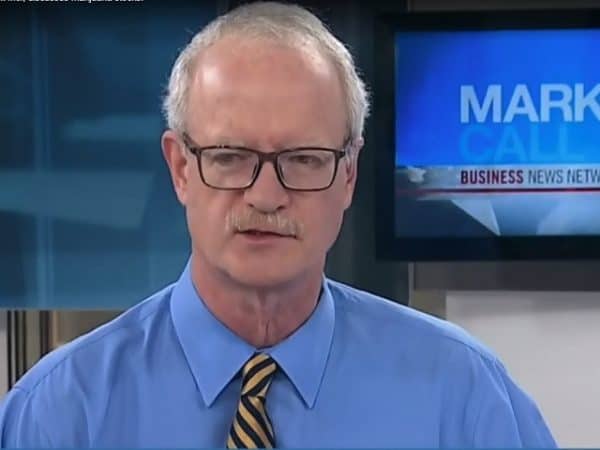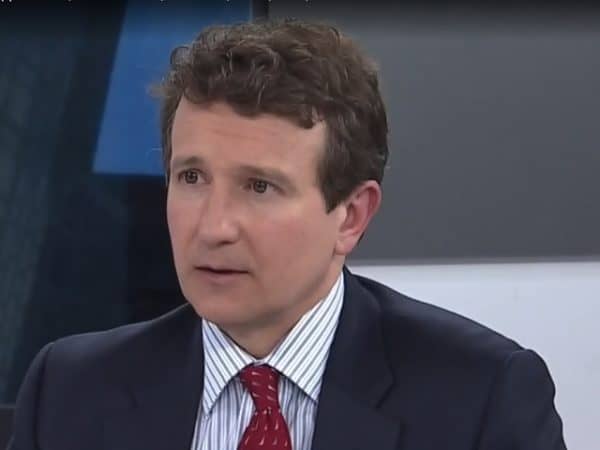
Byron Capital analyst Dev Bhangui says recent deals with the likes of Airbus and Berkshire Hathaway subsidiary NetJets are “major revenue catalysts” for FLYHT Aerospace.
It’s been a long time coming, but 2014 should be the year the FLYHT Aerospace (TSXV:FLY) takes off, says Byron Capital analyst Dev Bhangui.
In a research report to clients yesterday, Bhangui initiated coverage of FLYHT with a STRONG BUY recommendation and a $1.25 price target.
Bhangui says that for years, FLYHT was a small player that was ahead of its time in an industry that moves at a glacially slow pace. But today, increased safety issues, general airline inefficiences, and a regulatory push are funneling clients towards FLYHT’s real-time, next generation avionics systems. Meanwhile, FLYHT management spent several lean years working diligently on building channel relationships, and those efforts are finally starting to bear fruit.
The Byron Capital analyst says high oil prices, aging, inefficient fleets and rising accident statistics have carriers scrambling to optimize flight routes and increase operational efficiencies.
“Archaic communications also force carriers to adopt sub-optimal routes, leading to operational inefficiencies,” says Bhangui. He notes that in some cases the commercial airline industry is still using communications technology that is more than three decades old, even as the skies have become more crowded and traffic increasingly complex.
Bhangui says FLYHT’s AFIRS (Advanced Flight Information Reporting System) is a turnkey solution to many of the problems facing today’s carriers. The technology, he notes, allows for SMS and voice communications between the flight crew, air traffic control and ground staff. He notes that the system, which can be retrofitted or forward-fit, instantly optimizes flight routes and improves general safety.
Bhangui says recent deals with the likes of Airbus and Berkshire Hathaway subsidiary NetJets are “major revenue catalysts” that will deliver 75% Compound Annual Growth Rate of 75% over the next 2 years. FLYHT, he notes, generates between $50,000–$65,000 for every upfront retro-fit installation of AFIRS, plus $2,500/active hour of flight per month to access the data and communication received.
“We view (FLYHT) to be particularly attractive due to its ability to solve multiple pain points in one single solution for regulators and carriers alike, as well as a business model that generates a significant percentage of high-margin, long-term stable and predictable recurring revenue,” says Bhangui.
____________________________________________________________________________________________________________
Comment
One thought on “Byron’s Bhangui initiates coverage of FLYHT with $1.25 target”
Leave a Reply
You must be logged in to post a comment.






 Share
Share Tweet
Tweet Share
Share




As an ame( aircraft maintenance engineer)with afirs and acars experience,don’t have a preference.
SMS is almost irrelevant and just a paper push.there is no shortage of information between aircraft and operations ,tower,engine monitoring,maintenance control.
If anything there is to much information.not dissing afirs,I just don’t think it is going to take the industry by storm.